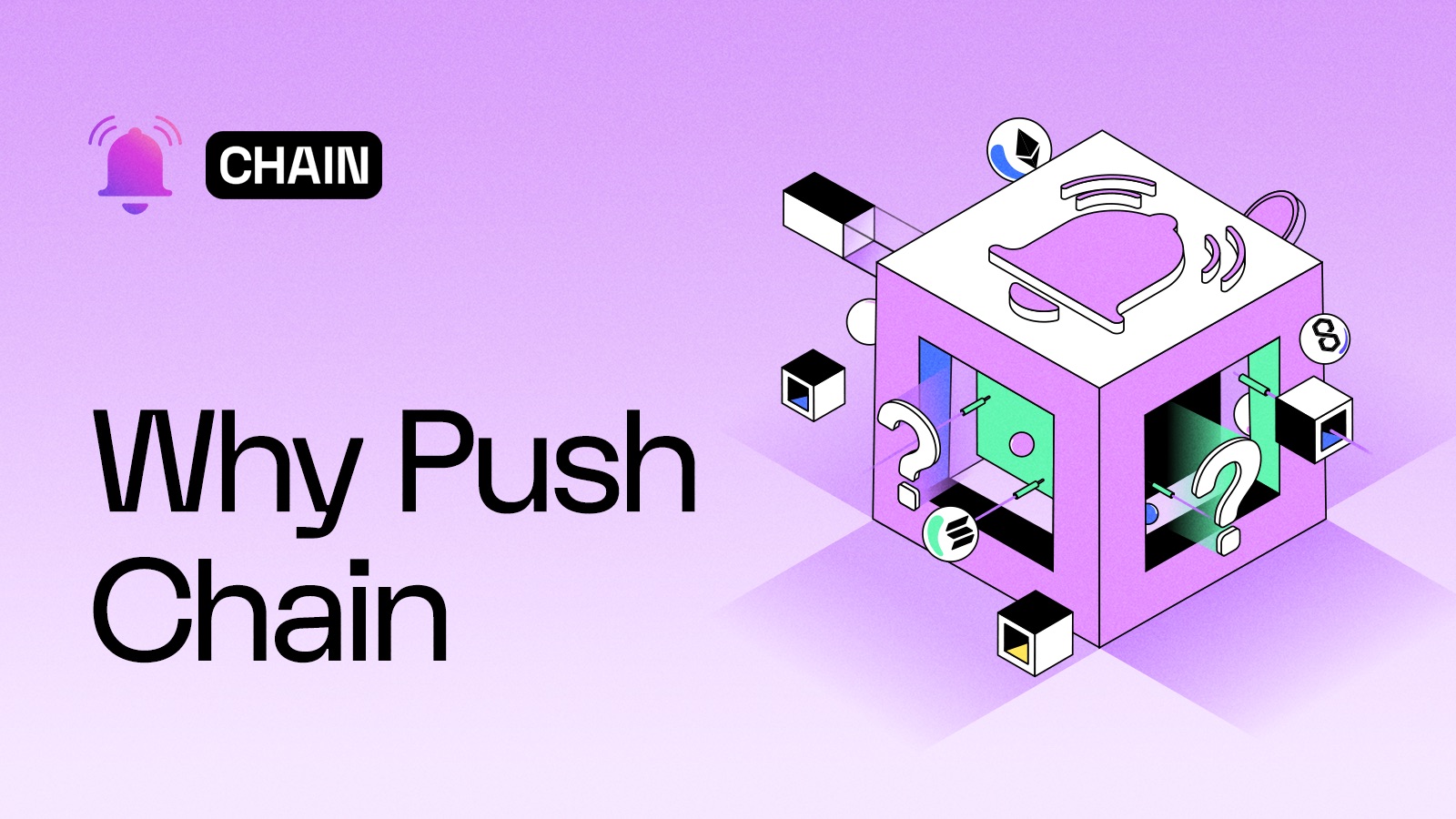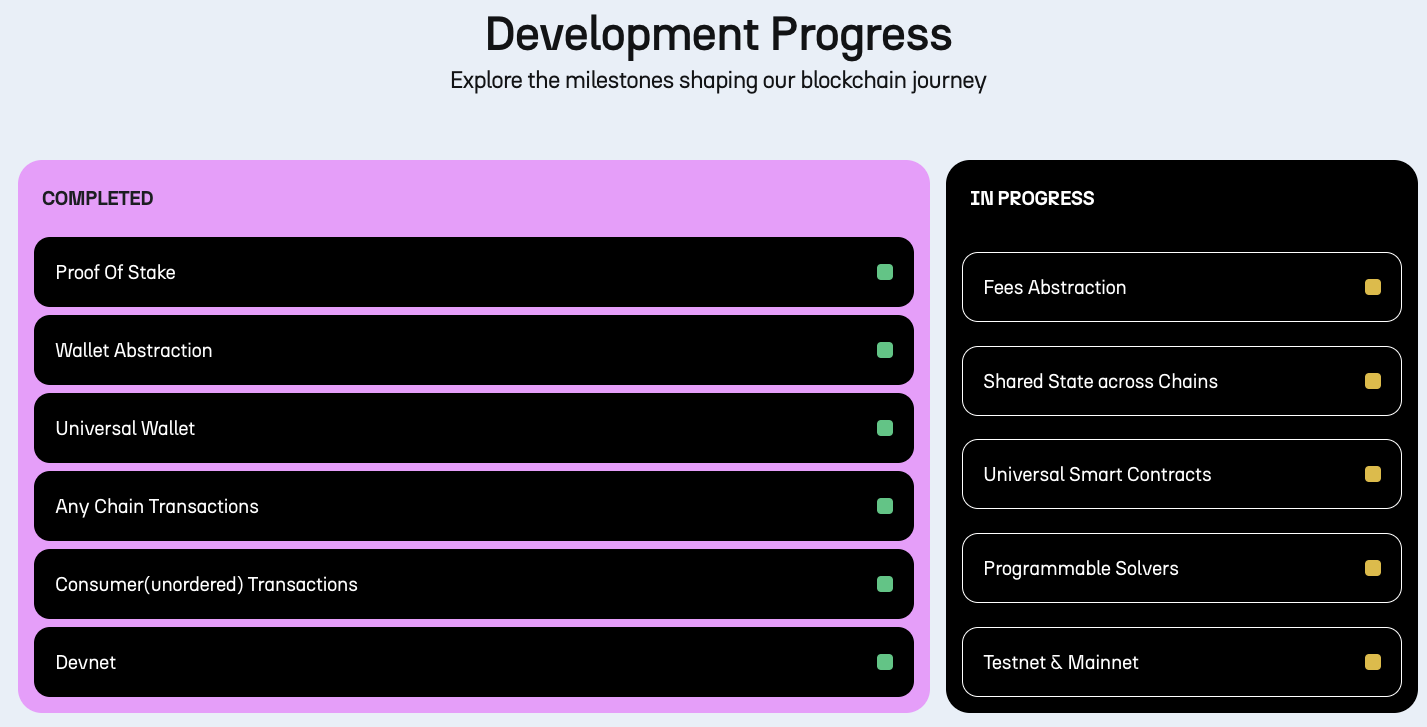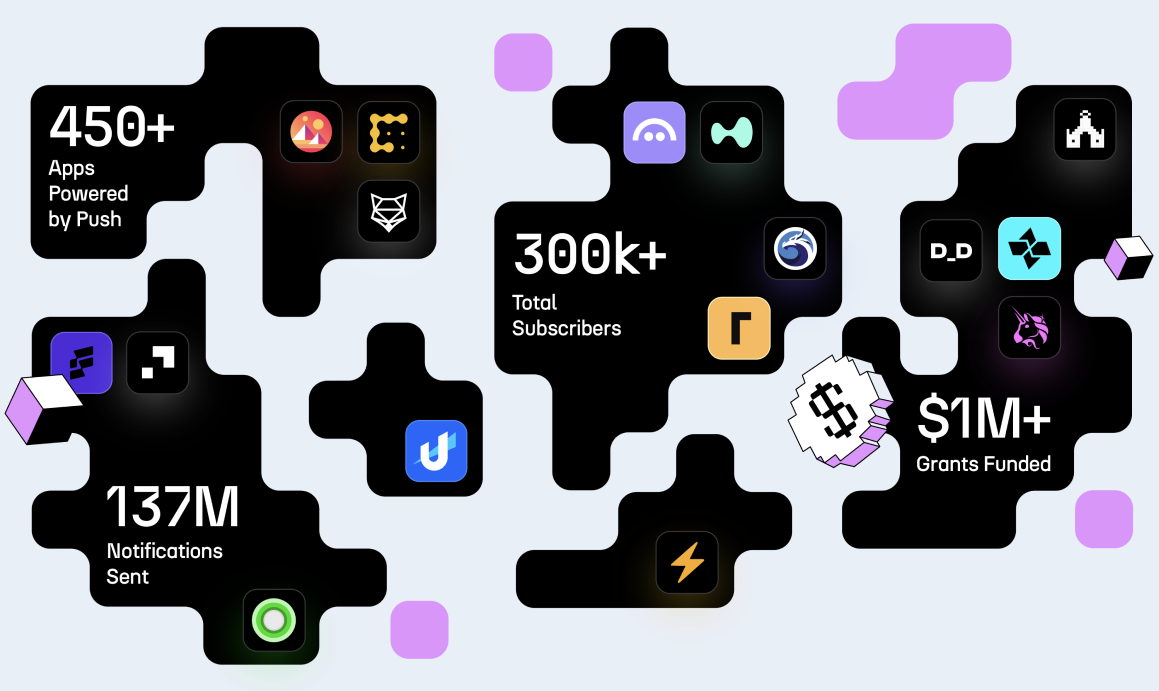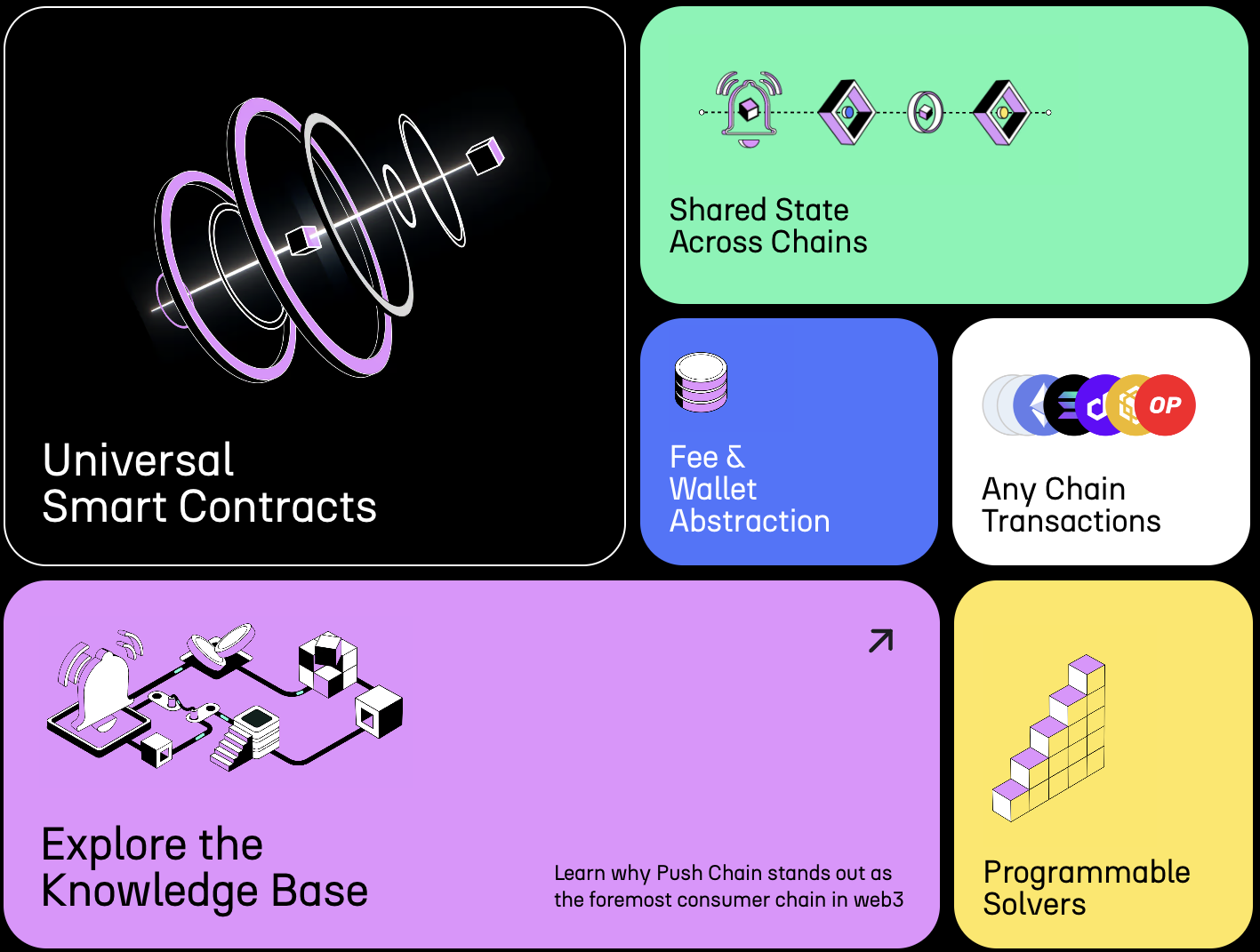Exploring Push Chain DevNet: The Future of Cross-Chain Decentralized Applications
 Ayush Sahu
Ayush SahuTable of contents
- Introduction to Push Chain DevNet
- Key Features of Push Chain DevNet
- How Push Chain DevNet Works
- Use Cases for DevNet
- Getting Started with DevNet
- Step 1: Set Up Your Environment
- Step 2: Connect to DevNet
- const { PushChain } = require('push-chain-sdk');
- const devnet = new PushChain({ network: 'devnet' });
- console.log('Connected to Push Chain DevNet');
- Step 3: Deploy a Smart Contract
- pragma solidity ^0.8.0;
- contract HelloPushChain {
- string public message = "Hello, Push Chain!";
- function setMessage(string memory newMessage) public {
- message = newMessage;
- }
- }
- Step 4: Execute a Cross-Chain Transaction
- async function sendTransaction() {
- const tx = await devnet.sendTransaction({
- from: userAddress,
- to: recipientAddress,
- value: '1000000000000000000' // 1 token
- });
- console.log('Transaction Hash:', tx.hash);
- }
- Benefits of Building on Push Chain DevNet
- Conclusion

Introduction to Push Chain DevNet
The blockchain landscape is evolving rapidly, and interoperability has become a key challenge for developers and users alike. Push Chain DevNet emerges as a revolutionary solution, offering a robust testing environment for decentralized applications (DApps) that prioritize seamless cross-chain interactions.
Push Chain DevNet serves as a public test network designed for developers to experiment, build, and refine their DApps before deploying them to the mainnet. It enables real-world testing of applications while eliminating risks associated with live transactions. With a focus on shared-state infrastructure and interoperability, DevNet is a vital component of the broader Push Chain ecosystem, bridging gaps between different blockchain networks.

Key Features of Push Chain DevNet
1. Shared-State Infrastructure
Traditional blockchains operate as isolated networks, making cross-chain communication complex and inefficient. Push Chain DevNet introduces a shared-state infrastructure, enabling seamless data exchange and transaction execution across multiple blockchain ecosystems. This ensures that applications built on Push Chain can interact with external chains effortlessly, fostering an interconnected blockchain environment.
How Shared-State Infrastructure Works
Unified Data Layer: Push Chain allows smart contracts to read and write data from multiple blockchains in real-time.
State Synchronization: The network continuously updates its state across all connected chains, ensuring consistency and reducing the need for complex bridging solutions.
Cross-Chain Calls: Developers can create smart contracts that directly interact with contracts on other chains, unlocking powerful multi-chain applications.
2. Wallet Abstraction for Simplified Onboarding
User onboarding is one of the biggest hurdles in Web3 adoption. Push Chain DevNet addresses this by implementing wallet abstraction, allowing users to interact with DApps using existing wallets from various blockchain networks. Whether a user holds assets on Ethereum, Polygon, or another blockchain, they can seamlessly engage with applications without needing separate wallets for each network.
Benefits of Wallet Abstraction
Seamless User Experience: Users do not need to switch between different wallets for different chains.
Security: Private keys remain secure within the original wallet, reducing exposure to malicious actors.
Account Unification: One wallet can interact with multiple chains under the same identity.
3. Fee Abstraction: Gas-Free Transactions
The complexity of gas fees is a common deterrent for blockchain adoption. Push Chain DevNet introduces fee abstraction, ensuring that users and developers no longer need to worry about gas fees when conducting transactions. Instead, fees can be handled dynamically through smart contract mechanisms, making the experience frictionless and cost-effective.
How Fee Abstraction Works
Sponsor Model: Developers can choose to cover gas fees for their users.
Meta Transactions: Transactions are submitted by relayers, abstracting gas fee complexities from end users.
Cross-Chain Fee Pools: Users can pay fees in any token, with the network automatically converting them as needed.
4. Cross-Chain Functionality
Interoperability is at the core of Push Chain DevNet. Developers can create applications that support transactions across multiple blockchains, leveraging DevNet’s cross-chain capabilities. This unlocks new possibilities for DeFi, NFT marketplaces, gaming platforms, and other decentralized applications that require seamless asset transfers and interactions between chains.
Cross-Chain Functionality in Action
Cross-Chain Swaps: Swap assets between different blockchains without centralized intermediaries.
Unified Liquidity: DeFi applications can pool liquidity across multiple chains, improving capital efficiency.
Multi-Chain NFTs: Create and trade NFTs that are accessible on different blockchain networks.

How Push Chain DevNet Works
Architecture Overview
Push Chain DevNet is built on a high-performance Layer 1 blockchain that utilizes parallel validators and dynamic sharding to achieve sub-second finality. The network is optimized for high throughput, ensuring that applications can scale efficiently while maintaining decentralization and security.
Transaction Execution on DevNet
Initiating a Transaction – A user or smart contract submits a transaction request.
Validation & Processing – Validators confirm the transaction's validity while ensuring cross-chain compatibility.
Execution & Finalization – The transaction is finalized with sub-second speed, and updates are reflected across connected blockchains.
Use Cases for DevNet
Push Chain DevNet’s capabilities unlock a wide range of applications across various industries:
Decentralized Social Platforms – Enable seamless communication and transactions between users across different blockchains.
Cross-Chain DeFi – Support interoperable financial instruments, allowing users to swap assets and use liquidity pools across networks.
Blockchain Gaming – Facilitate in-game asset transfers and multi-chain game economies.
AI-Powered Applications – Enable decentralized AI models to access data and execute smart contracts across various ecosystems.
Enterprise Solutions – Empower businesses with secure, scalable, and interoperable blockchain infrastructure.
Getting Started with DevNet
To start building on Push Chain DevNet, follow these steps:
Step 1: Set Up Your Environment
Ensure you have the following tools installed:
Node.js & NPM
Push Chain SDK (GitHub Repo)
A Web3 wallet (e.g., MetaMask)
Step 2: Connect to DevNet
const { PushChain } = require('push-chain-sdk');
const devnet = new PushChain({ network: 'devnet' });
console.log('Connected to Push Chain DevNet');
Step 3: Deploy a Smart Contract
Create a simple smart contract and deploy it on DevNet:
pragma solidity ^0.8.0;
contract HelloPushChain {
string public message = "Hello, Push Chain!";
function setMessage(string memory newMessage) public {
message = newMessage;
}
}
Step 4: Execute a Cross-Chain Transaction
async function sendTransaction() {
const tx = await devnet.sendTransaction({
from: userAddress,
to: recipientAddress,
value: '1000000000000000000' // 1 token
});
console.log('Transaction Hash:', tx.hash);
}
Benefits of Building on Push Chain DevNet
1. Scalability
With high-speed transaction finality and dynamic sharding, DevNet supports applications requiring real-time interactions and scalability.
2. Interoperability
The shared-state infrastructure enables seamless communication between multiple blockchain networks, reducing silos and increasing efficiency.
3. Developer-Friendly Environment
With SDKs, APIs, and extensive documentation, developers can quickly build and test applications without complex configurations.
4. Enhanced User Experience
Wallet and fee abstraction simplify the Web3 experience, making DApps accessible to a broader audience.
5. Security & Reliability
Push Chain employs robust security mechanisms to ensure safe and tamper-proof transactions across different blockchain environments.

Conclusion
Push Chain DevNet is paving the way for the next generation of decentralized applications by providing a powerful, scalable, and interoperable testing ground for developers. Whether you’re building a DeFi protocol, a blockchain game, or an AI-driven application, DevNet offers the tools and infrastructure to bring your vision to life.
Start exploring Push Chain DevNet today and become part of the future of blockchain innovation!
Subscribe to my newsletter
Read articles from Ayush Sahu directly inside your inbox. Subscribe to the newsletter, and don't miss out.
Written by
